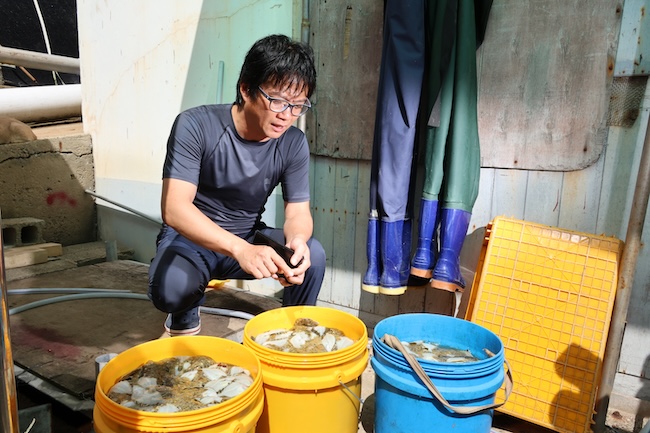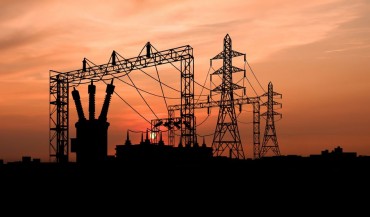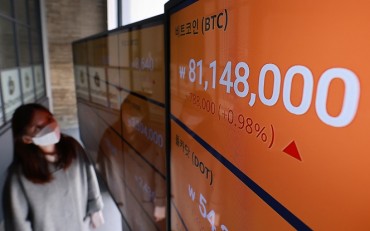
The rising water temperatures have led to significant fish deaths in farms across North Gyeongsang Province since August 8. (Image courtesy of Yonhap)
POHANG, Aug. 23 (Korea Bizwire) – “Fish farms in Pohang are on the brink of shutting down. We’re losing thousands to tens of thousands of fish daily,” lamented Lee Tae-hyung, a fish farm owner in Guryongpo-eup, Nam-gu in the city of Pohang, on August 22.
Lee’s distress highlights the severe impact of recent high sea temperatures on aquaculture operations in the region.
Lee, who operates a land-based farm raising flatfish using seawater, is one of many farmers grappling with the consequences of a heatwave affecting South Korea’s east coast.
On August 8, authorities issued a high-temperature advisory for coastal areas from Homigot in Pohang to Uljin, which was extended to the coast from Gangyang Port in Ulsan to northern Homigot on August 12.
The rising water temperatures have led to significant fish deaths in farms across the province since August 8.
Pohang, home to the largest concentration of fish farms in the region, reported 1.19 million dead fish as of August 21, valued at approximately 750 million won. This represents about 9% of the total 13.17 million fish being raised.
Lee’s farm alone has lost around 60,000 fish to date, with 5,000 dying on August 22 alone. Another farm in Guryongpo-eup reported nearly 500,000 fish deaths over just three days.

Lee’s farm alone has lost around 60,000 fish to date, with 5,000 dying on August 22 alone. (Image courtesy of Yonhap)
“We use surface water for farming flatfish, but recently the temperature has risen to 32 degrees Celsius,” Lee explained.
“At this temperature, the fish are essentially being cooked alive.”
In response to the crisis, the city of Pohang has provided 821 tons of liquid oxygen, 797 circulation pumps, and ice to affected farms. The city has also formed investigation teams to assess damages and assist in removing dead fish.
Despite these efforts, losses continue to mount. Farmers say that using deep-sea water, which is cooler than surface water, could mitigate the problem.
However, installing such systems costs 600-700 million won, making it prohibitively expensive for many farmers. Moreover, these systems are vulnerable to typhoon damage, requiring annual maintenance costs of around 100 million won.
Farmers have expressed frustration with what they perceive as inadequate support from the North Gyeongsang Province and Pohang governments.
On August 22, Pohang Mayor Lee Kang-deok visited Guryongpo-eup to offer encouragement and listen to the farmers’ concerns. Farmers unanimously voiced their struggles, citing rising labor and material costs, increased electricity bills, and falling fish prices.
One farmer noted, “Our monthly electricity bill has risen from 2 million won to 3.8 million won. There’s barely any difference now between agricultural and general electricity rates.”
Lee instructed his staff to provide swift support and emphasized the need for preemptive budget allocation to address what could become an annual crisis due to rising global temperatures.
M. H. Lee (mhlee@koreabizwire.com)






